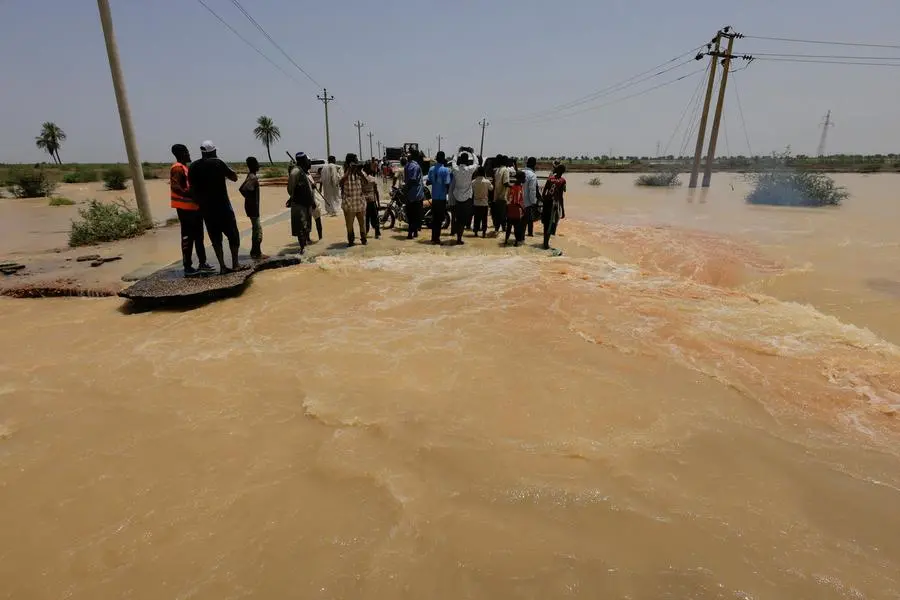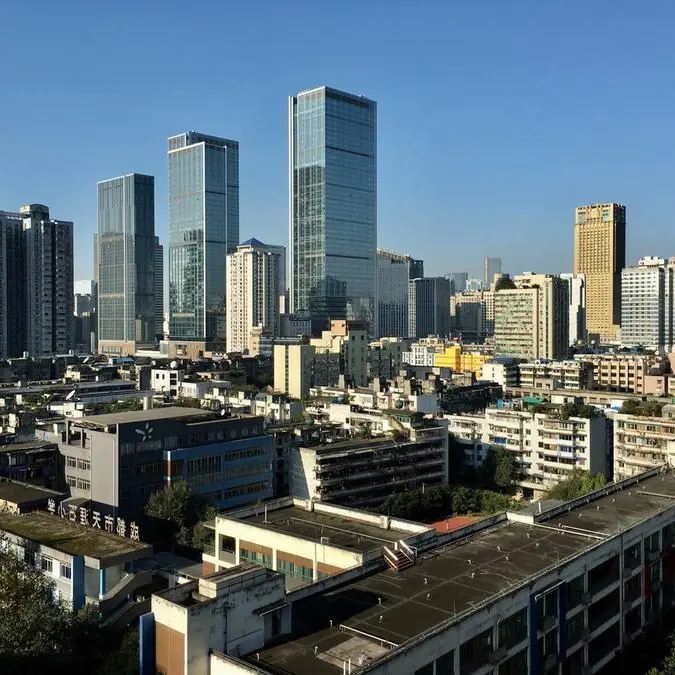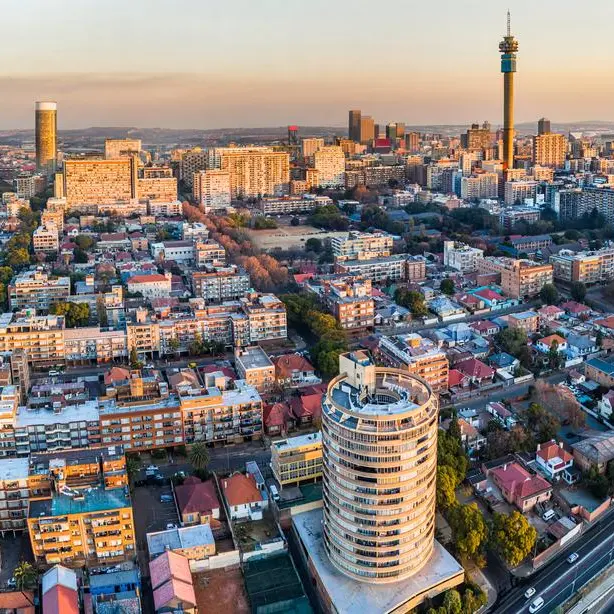PHOTO
The seasonal floods that recently hit Sudan, which killed dozens of people and destroyed houses and properties, was described as the worst in a decade.
Scenes of destruction The tragedy began over 300 kilometres from the capital, Khartoum, affecting the Al Jazira Scheme, the largest food source in the country, sweeping through Dar Al Salam and the villages of Al Hula and Al Jadida in Al Jazira State.
In Dar Al Salam and Al Manaqil, Al Jazira State, one of the stricken areas amongst 14 other states affected by torrential rains and floods, the Emirates News Agency (WAM) documented the testimonies of several residents of affected villages, who talked about the harsh humanitarian conditions they experienced.
The conditions were dire after the disaster, which destroyed many houses and livestock, Abdulaziz Adam said, noting that he needs assistance to build a new house.
Deaths The floods that hit Sudan will have serious health, environmental and nutritional repercussions, and will cause incidents of disease and epidemic.
Hedeya Othman, 43, said the floods hit her village at midnight, destroying her house and leaving her family homeless.
Set Aljeel Ahmed Al Awadh said she tried to save his family when the floods hit their house, which was completely destroyed. She stressed that she fears the spread of disease due to the disaster, in addition to food and medicine shortages while calling on everyone for assistance.
Mohammed Ahmed Mohammed, 60, from the village of Al Gharza, said his home was destroyed by the floods that hit the village while he was at Al Fajr prayers. It also killed his son but three other family members were rescued.
33 villages affected In an interview with the Emirates News Agency (WAM), Ismail Awadhallah Al Aqeb, Governor if Al Jazira State, said Al Jazira is in the middle of Sudan and was affected by the torrential rains that came from Manakil and other mountainous regions, such as Jebel Maya and Jebel Saqdi in south-central Sudan.
The floods swept through many villages in the Al Jazira Scheme, where the Sudanese Ministry of Irrigation immediately responded to the disaster by sending a specialist engineering unit and draining irrigation canals from their source, the Sennar Dam, to absorb the torrential waters that swept through many villages, Al Aqeb said.
Torrential rains have destroyed more than 33 villages and affected many institutions, he added.
Gallus houses Small houses built from mud bricks and mud "gallus," with a maximum of two adjoining rooms, were overwhelmed by torrents for the first time in 50 years, causing a terrible human tragedy. Gallus houses were unable to withstand the rush of torrential waters, which killed people, demolished houses and destroyed crops.
Live testimonies WAM spoke to Ismail Al Khair, a farmer from Al Fahlaa in Nile River State, who said the floods totally destroyed the area and left everyone homeless.
The floods hit the area at 10:00 while locals were at the farms, he added, noting that casualties would have been higher if they were at home. The floods also led to the loss of electricity and water shortages, he further added.
Zelal Abdulrazeq, 40, from the village of Al Fahlaa explained that the floods hit the village from all directions and caused panic.
Fayza Abdulrazeq, 47, stressed that she is a cardiac patient and had to leave the hospital, only to find herself homeless and without medicines due to the disaster.
Farheen Abdulrazeq, 60, said she lost her home and could not find a place to stay.
Damage Mohammad Al Badawi Abdul Majid, Governor of Nile River State, told WAM that the damage to Sudanese families has been significant, ranging from 30 to 100 percent from region to region.
Families have suffered considerable losses, as they have lost their homes completely and have nowhere to stay, he added.
Salah El Din Ali Mohamed, Deputy Governor of Nile River State, told WAM, "Last August, we were subjected to a wave of torrential rains, most notably in the northern and central regions, where there are many affected villages in Shendi, Berber, Abu Hamad and Hadath."
According to statistics issued by the Sudanese Civil Defence Council, from 5th September, 2022, the number of deaths totalled 112 while injuries totalled 115, adding 34,944 houses have completely collapsed and 49,096 have partially collapsed, and 314 facilities and 108 stores have been destroyed. The agricultural sector also witnessed considerable damage after water inundated more than 124,000 acres of land, it further added.
North Kordofan State witnessed the highest number of deaths with 26 people, South Kordofan State had the highest rate of injuries with 49 people, and Al Jazira State witnessed the highest number of total house collapses with 6,611, as well as the highest number of partial collapses with 9,978 houses. The Northern State had the highest number of destroyed facilities with 90, and both North and South Kordofan states had the highest numbers of destroyed stores and warehouses with 32.
Need for key solutions The officials highlighted the need to build houses with reliable materials in safe areas, in addition to relocating the villages affected by the floods.





















